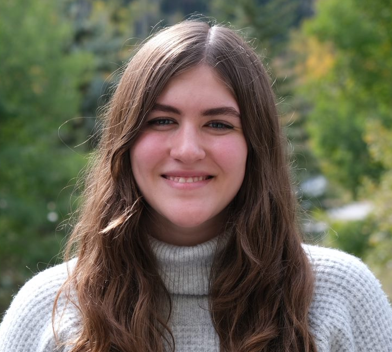Cellular and Molecular Bioengineering
(I-333) 3D Culture Model to Determine Wound Closure Rates
- MH
Madison Howard (she/her/hers)
Graduate Student
Purdue University
West Lafayette, Indiana, United States - LS
Luis Solorio, PhD
Professor of Biomedical Engineering
Weldon School of Biomedical Engineering, Purdue University, United States 
Ariana Aghevli
Undergraduate Student
Purdue University
West Lafayette, Indiana, United States
Co-Author(s)
Primary Investigator(s)
Presenting Author(s)
Materials and Methods::
In order to create the model, we made scaffolds in a variety of shapes, including squares, circles, and hexagons. These scaffolds were constructed out of SU-8 2050 in a sterile clean room then glued onto sterile metal frames to provide support. These metal frames were also coated with a polymer, to reduce the changes of cells growing between the scaffold and the well plate. Once fully dried, the scaffolds were soaked in a solution of soluble fibronectin for one hour. The scaffolds were then placed into a 24 well-plate with 3D printed holders to prevent movement of the scaffolds throughout feeding and imaging processes.
Fibroblasts were seeded at a density of 100,000 cell/mL of fibroblast specific media and cultured in an incubator for three days, allowing the fibroblasts to anchor onto the fibronectin. On day 3, we began feeding the scaffolds every two days to ensure the fibroblasts had the correct nutrients. Once the scaffolds were mostly confluent, typically around day 5, we began time lapse imaging the plates on a Biotek Cytation 5 every 20 minutes for 18 hours to observe the wound closure.
Results, Conclusions, and Discussions::
We were able to effectively image wound closures of the 3 different shapes and were able to record data for 18 hours. From the images taken, qualitatively we can see different wound closure rates across the scaffolds. Image processing can be used to quantify the rate of closure as a function of gap size for the different shapes. This model provides a better understanding of the wound healing process and is a novel method to effectively model different wounds in vitro.
Acknowledgements (Optional): :
References (Optional): :
[1] Kalluri, R. “The biology and function of fibroblasts in cancer.” Nat Rev Cancer 16, 582–598 (2016). https://doi.org/10.1038/nrc.2016.73
[2] A review of fibroblast-populated collagen lattices - wiley online library, (2008) https://onlinelibrary.wiley.com/doi/10.1111/j.1524-475X.2008.00392.x (accessed Jul. 19, 2023).
